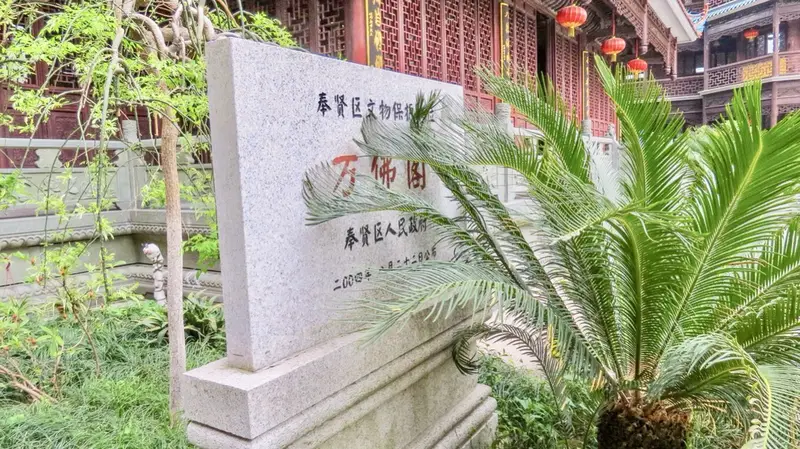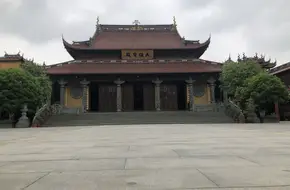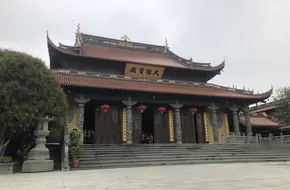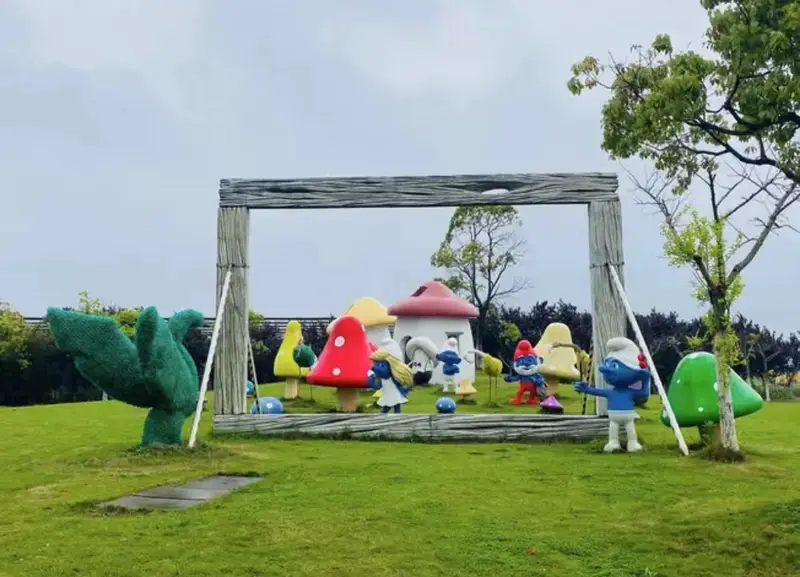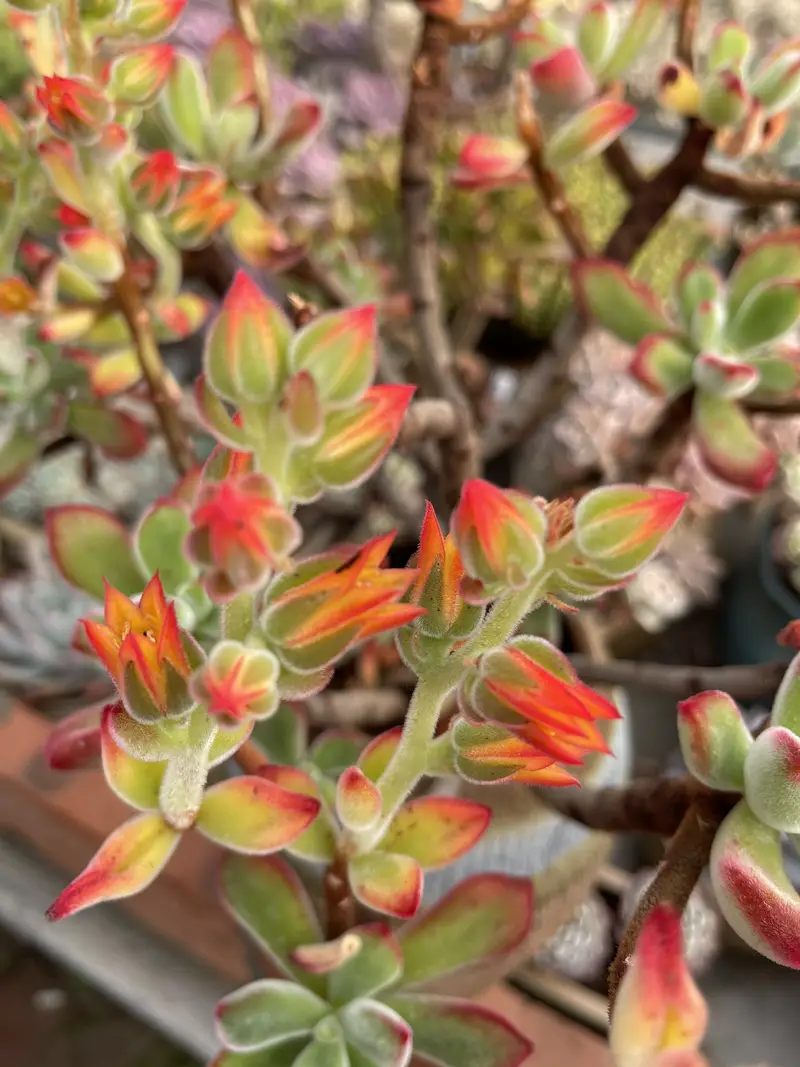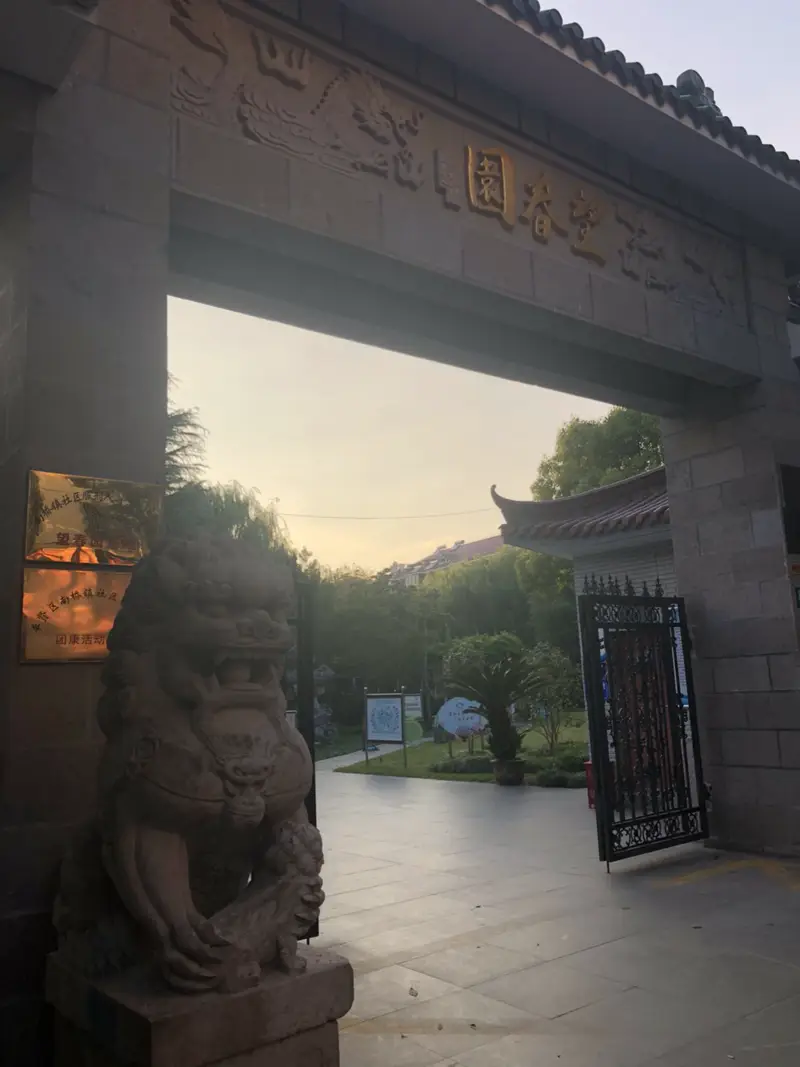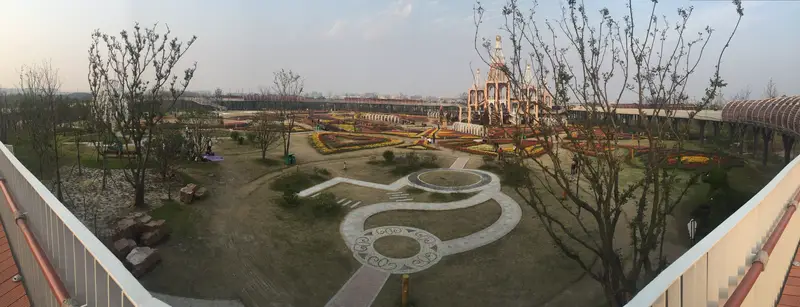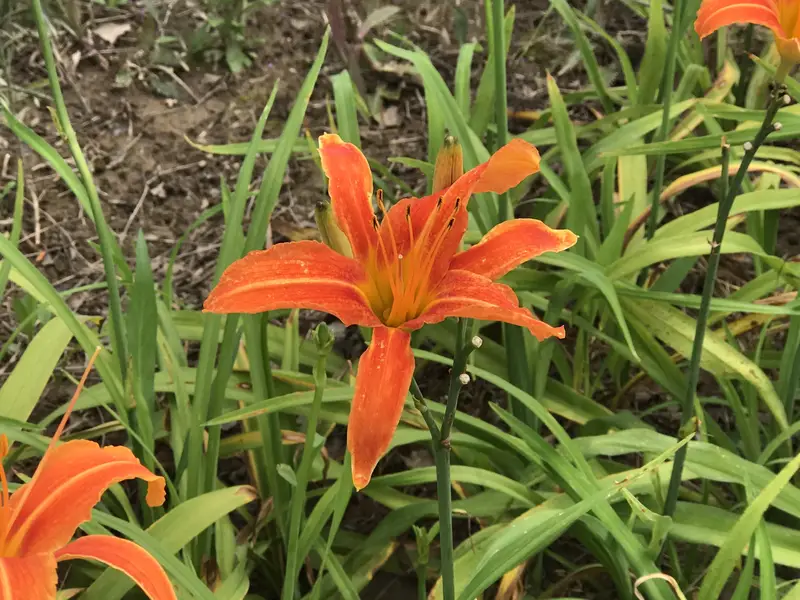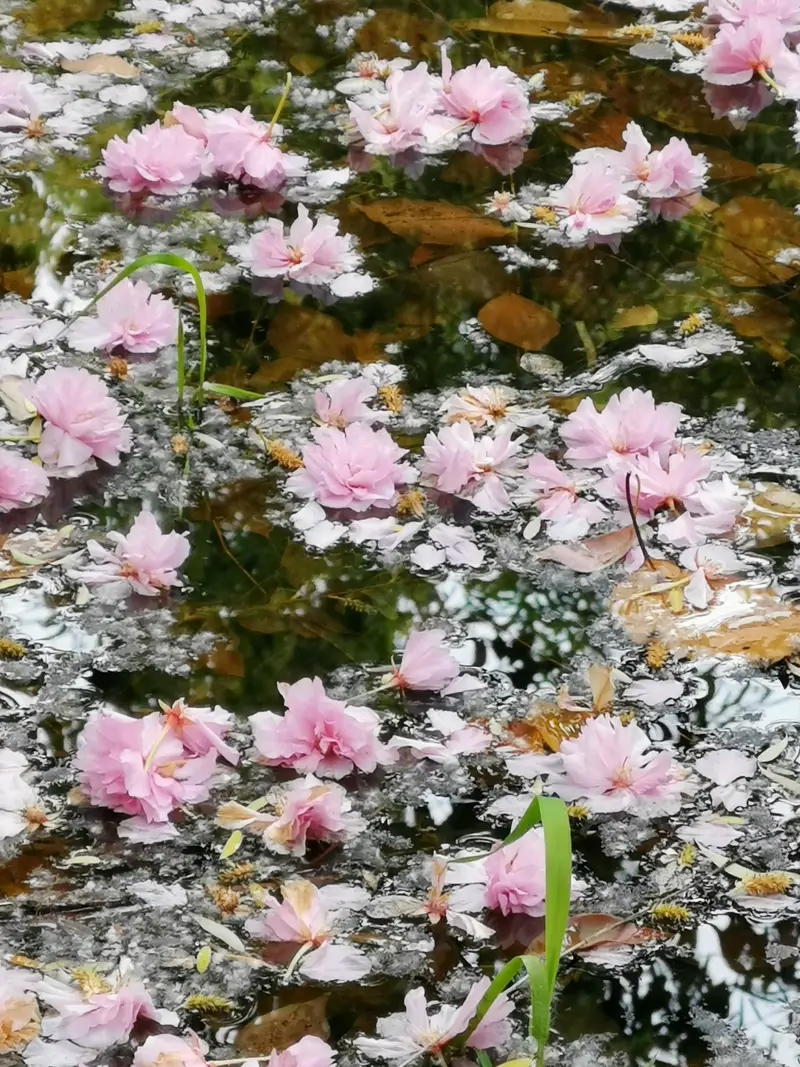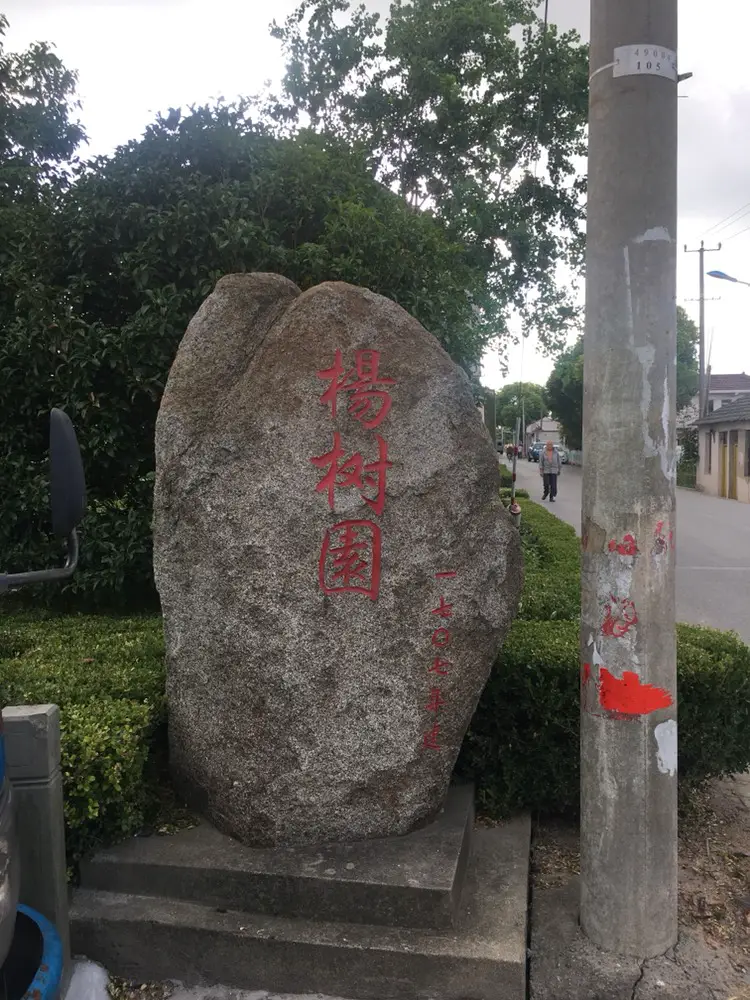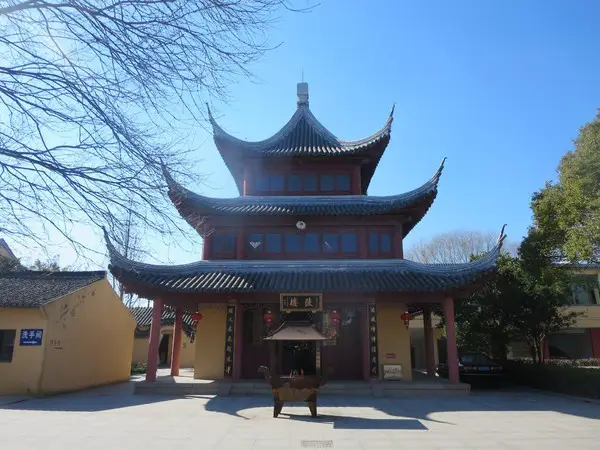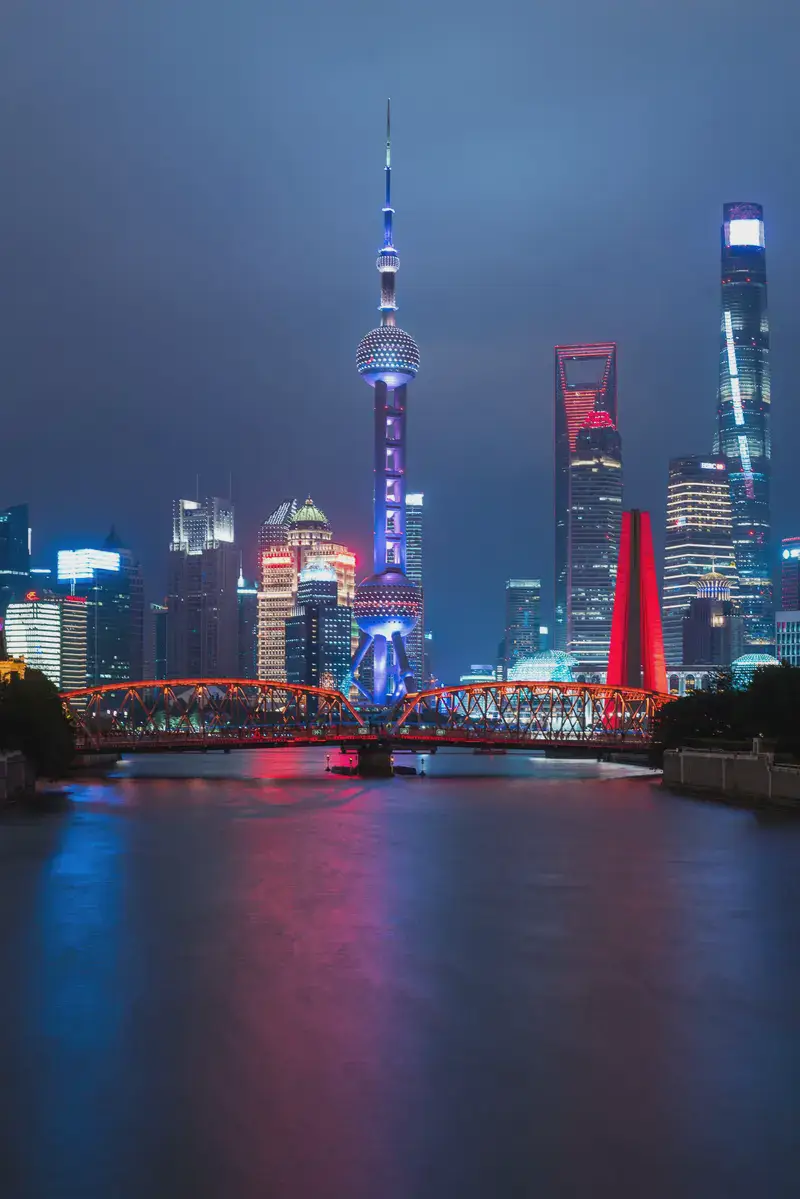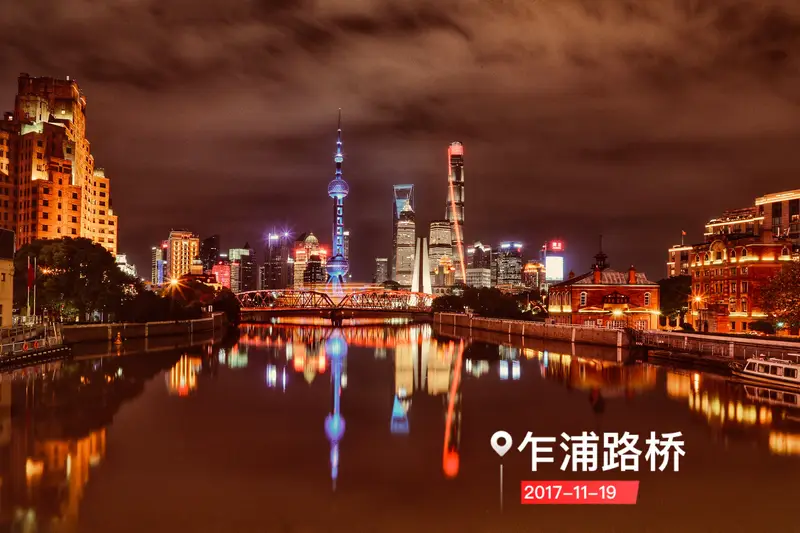Title: Ten Thousand Buddhas Pavilion - A Must-Visit Destination in Shanghai
Introduction
Nestled in the heart of Fengxian District, Shanghai lies an architectural marvel that dates back over six centuries. The Ten Thousand Buddhas Pavilion, also known as Wanfoge, is not just a place of worship but also a historical landmark. This article will take you on a virtual tour of this enchanting site, highlighting its unique features and why it should be on your travel bucket list.
Location & Accessibility
Located at 189 Fengcheng North Street, Fengxian District, Shanghai, the Ten Thousand Buddhas Pavilion is easily accessible by public transportation or private vehicles. If you’re taking the metro, get off at the nearest station and hop on a bus or taxi to reach your destination. For those who prefer driving, there are plenty of parking spaces available nearby.
Historical Significance
Established before the Ming Dynasty, the Ten Thousand Buddhas Pavilion has a rich history dating back more than 600 years. It was originally built as a small village temple but later became a significant Buddhist monastery for nuns. Legend has it that during the Ming Hongwu period (1386 AD), General Tang He oversees the construction of the Fengcheng city walls to protect against Japanese pirates, leading to the relocation and expansion of the Ten Thousand Buddhas Pavilion. This event has given rise to the saying, “There was the Ten Thousand Buddhas Pavilion before there was Fengcheng Town.”
Architectural Marvel
The pavilion’s architecture is awe-inspiring, featuring several buildings such as the Heavenly King Hall, the Great Brahma Hall, and the Wanfo Hall. The most striking feature is the Ten Thousand Buddhas Tower, which houses an elevator, creating an inner-sanctum effect that exudes grandeur and tranquility. The intricate carvings and sculptures adorning every corner showcase exceptional craftsmanship and devotion.
Natural Setting
Surrounded by lush greenery and tranquil gardens, the Ten Thousand Buddhas Pavilion offers a peaceful retreat from the bustling city life. The well-manicured lawns and blooming flowers create a serene atmosphere, making it an ideal spot for meditation and reflection. The sound of water features like fountains and streams adds to the overall calmness, enhancing your visit’s sensory experience.
Cultural Experience
As you explore the pavilion grounds, you’ll encounter various cultural elements that reflect Chinese Buddhist traditions. From the prayer wheels to the offering tables, you can participate in spiritual activities or simply admire the religious art pieces. Don’t miss the opportunity to try some vegetarian cuisine at the on-site vegetarian restaurant, where you can sample delicious dishes prepared with fresh ingredients.
Tourist Facilities
The Ten Thousand Buddhas Pavilion provides excellent amenities for tourists, including a souvenir shop selling佛教 related items and a library where you can learn more about Buddhism and the pavilion’s history. There are also restrooms and seating areas available throughout the premises, ensuring a comfortable visit for everyone.
Visiting Tips
- Wear comfortable shoes as there will be some walking involved.
- Respect local customs and traditions while visiting religious sites.
- Consider hiring a guide if you want to learn more about the pavilion’s history and significance.
- Take breaks when needed and enjoy the scenic views offered throughout your tour.
Conclusion
In conclusion, the Ten Thousand Buddhas Pavilion is a hidden gem in Shanghai that offers a unique blend of history, culture, and natural beauty. Whether you’re seeking spiritual enlightenment or simply looking for a peaceful getaway, this site has something for everyone. So pack your bags, grab your camera, and embark on an unforgettable journey to discover the wonders of the Ten Thousand Buddhas Pavilion!


